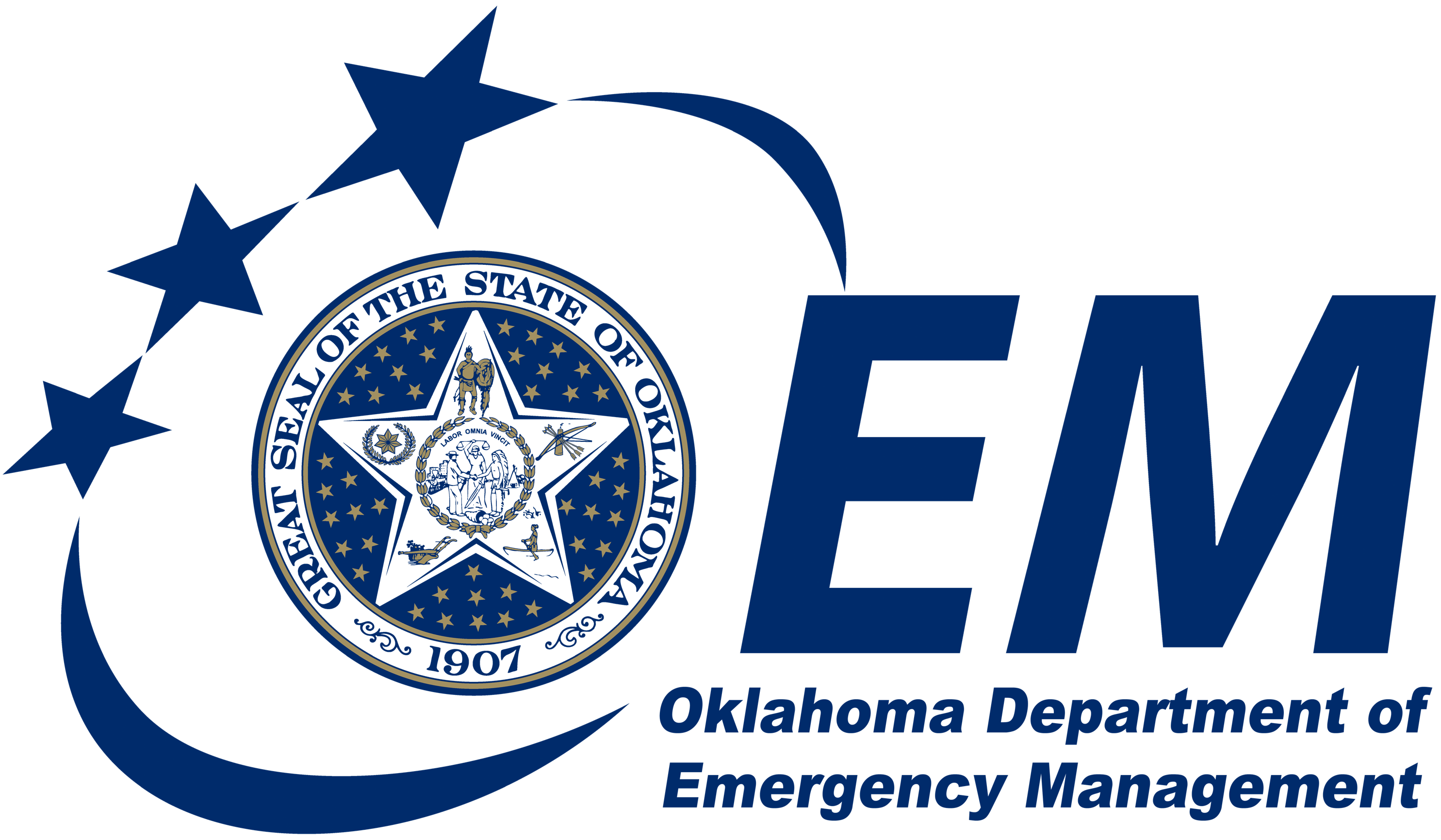Preparedness @ Home
Create an Emergency Plan
It's important that you and your family make an emergency plan for every disaster that may affect your area. Make sure each member of your family knows what the plan is! Practice your plan regularly so you aren't surprised when a disaster strikes.
Steps to take in creating a household emergency plan include:
- Schedule a family meeting to discuss the dangers of possible emergency
- Discuss how you and your family will respond to each possible emergency
- Discuss what to do in case of power outages or personal injuries
- Draw a floor plan of your home and mark two escape routes from each room
- It is often easier to call long distance or send a text during an emergency. Choose an out-of-state friend or relative for all family members to call or text if separated during an emergency.
- Pick two meeting places – one near your home and one outside your neighborhood in case you cannot return home after an emergency.
- Keep family records in a water- and fireproof safe.
Prepare a Disaster Supply Kit
Electricity, water, heat, air conditioning or telephone service may be out in an emergency. Preparing disaster supply kits in advance can save precious time in the event you must evacuate or go without utilities for an extended period.
Store items for a “go” kit in an easy-to-carry bag and keep it in a car or in the garage. The “home” kit can be stored in a plastic tub or garbage can and kept in your home’s safest place where you will take shelter.
Consider including the following items when putting together your disaster supply kit:
- At least a 3-day supply of water (1 gallon per person per day). Store water in sealed, unbreakable containers. Replace every 6 months.
- A 3- to 5-day supply of nonperishable packaged or canned food and a non-electric can opener
- A change of clothing, rain gear and sturdy shoes
- Blankets, bedding or sleeping bags
- A first aid kit and prescription medications (be sure to check expiration dates)
- An extra pair of glasses or contact lenses and solution
- Special items for infants, the elderly or family members with disabilities
- A battery-powered radio, a flashlight and extra batteries
Watches and Warnings
Knowing the difference between watches and warnings can help save lives.
A WATCH of means concerning weather is possible. Stay alert and check regularly for weather updates!
A WARNING means concerning weather is occurring. Take appropriate action immediately.
After the Storm
Once severe weather has passed, be prepared for additional dangers, such as flooding or downed power lines. Use caution when returning home if you have evacuated.
Identify Your Safest Place at Home, Work, and School
Before an emergency strikes, take time to identify your safest place at home, at work and at school for any disaster. Make sure you find out if there is already an emergency plan in place with designated safe places.
At schools, offices, shopping malls and hospitals, preparedness plans are especially important due to the large number of people on hand. Know the safest place for you to shelter in place and make sure others know their assigned location as well.
If possible, build or install a Safe Room in your home or workplace. Your local emergency manager or home-builders association will have information about Safe Rooms. Plan how to get to your safest place, and share the information with your family.


